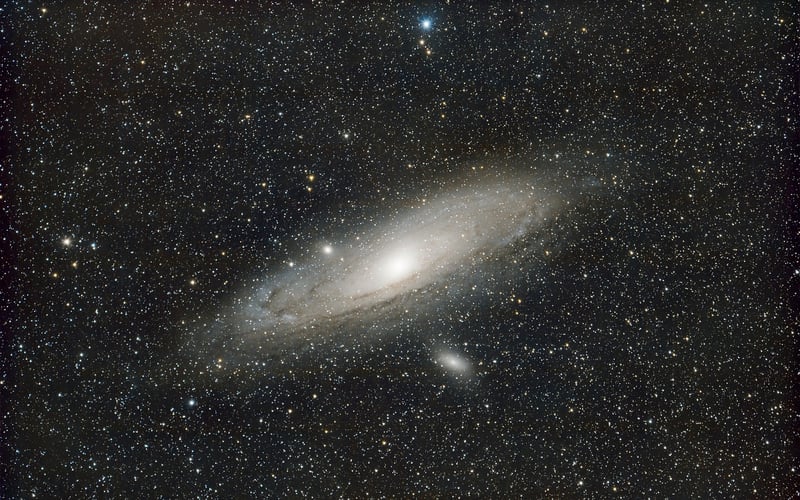Kepler Discoveries
Exploring Exoplanets: Kepler Discoveries
Welcome to the fascinating world of exoplanets! In recent years, astronomers have made incredible discoveries of planets orbiting stars beyond our own solar system. One of the pioneering missions in this field was NASA's Kepler Space Telescope, which revolutionized our understanding of exoplanets.
Kepler Space Telescope
Launched in 2009, the Kepler Space Telescope was designed to search for planets around other stars. By measuring the tiny dips in a star's brightness as a planet passes in front of it, Kepler identified thousands of exoplanets during its mission.
Kepler Discoveries
One of the most significant findings from Kepler is the diversity of exoplanets in our galaxy. From rocky worlds similar to Earth to gas giants many times the size of Jupiter, Kepler detected a wide range of planetary systems.
Notable Discoveries:
- Kepler-186f: The first Earth-sized planet found in the habitable zone of another star.
- Kepler-22b: A planet with a size similar to Earth located within its star's habitable zone.
- TRAPPIST-1 System: Seven Earth-sized planets orbiting a small, cool star.
Future Missions
While the Kepler Space Telescope has completed its mission, new missions such as TESS (Transiting Exoplanet Survey Satellite) and JWST (James Webb Space Telescope) continue the search for exoplanets and study their atmospheres in more detail.
Exciting Times Ahead
The study of exoplanets opens up a world of possibilities and challenges our understanding of planetary systems. With each discovery, we come closer to answering the age-old question: are we alone in the universe?

Join us on this incredible journey of discovery as we unravel the mysteries of planets orbiting other stars!
For more information on exoplanets and Kepler discoveries, visit NASA's Kepler Mission.
